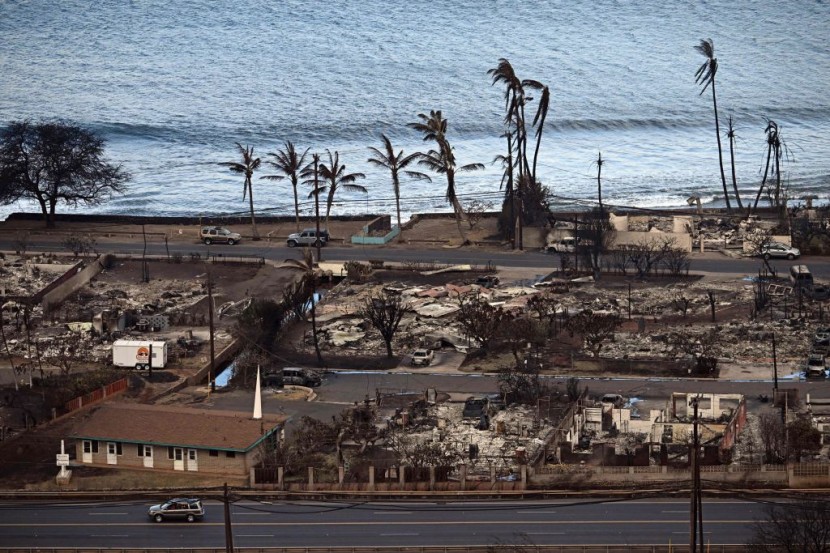
Harold Wells from Arizona filed a rare lawsuit after her 57-year-old daughter, Rebecca Rans, was killed in the Lahaina fire in Maui, Hawaii. He believes the landowners should pay damages because they permitted exotic species of tall grasses to grow wild on properties, creating a concentrated fuel load near the historic town.
Invasive grasses, according to scientists, were more responsible for the flames' rapid spread than either higher temperatures or storm conditions.
Holding Property Owners Accountable
Residences, businesses, and escape routes were all engulfed in flames when wind-driven fires started by fallen power lines reached the defendants' premises, according to the complaint. The August 8 fire claimed the lives of over 90 individuals.
Reuters reported experts saying that if the plaintiffs win, it might set a precedent for holding property owners accountable at a time when the danger of catastrophic fires is increasing due to climate change and the increased number of people living in close proximity to wilderness regions.
In state court in Wailuku, Wells filed a lawsuit against the governments of Hawaii and Maui County, as well as Kamehameha Schools, previously known as the Bishop Estate, the biggest private property holder in Hawaii.
Maui County Attorney David Minkin told Reuters that minimal of the county's property was affected by the fire. Kamehameha Schools' representative remained silent. The State of Hawaii's official spokesperson, the Attorney General's Office, also declined to comment.
Wells is suing for funeral expenses and emotional distress but has not indicated a monetary amount for either. On Tuesday, September 19, his lawyers filed a similar lawsuit on behalf of the children of Rans' partner. Rans and his partner were both killed in the fire.
'Strict Liability'
High-risk activities, such as dynamite storage, are common grounds for applying the strict liability doctrine. In the event of an explosion, the operator of the storage facility may be held liable under the law.
In this case, if the landowners may be deemed "strictly liable," Wells would not have to prove negligence or arson if his lawyers could show the grassy conditions near Lahaina fulfilled that legal threshold.
In 2018, a fire that damaged over 20 residences in Lahaina was partially attributed to the presence of non-native plants like Guinea grass, which provided the flammable material. One local told a Honolulu Star-Advertiser reporter that they saw "tornadoes of fire."
Abandoned sugar cane fields surrounding the town were overrun by tall, flammable grasses measuring seven feet (2.1 meters) in height, according to research conducted by a group dedicated to preventing forest fires. Wells' attorney, Jim Bickerton, said the dried grass may satisfy the inherently harmful criteria during dryness and strong winds because "the extreme level of risk posed is essentially becoming analogous to a dynamite situation."








